An Alberta couple is opening up about what it was like to throw typical gender roles out the window when it came to running their household and raising their children.

Three years ago, Carissa Halton was offered a job opportunity she couldn’t resist: a director position in Alberta Premier Rachel Notley’s office.
Carissa realized her new position would require long hours and a lot of time away from home, taking time away from their three children — ages three, six and eight at the time.
“I had very little flexibility. I couldn’t pick up any kid from school, I couldn’t drop them off and I was home really late,” she explained.
Carissa and her husband, Mat, had experienced several different parenting arrangements over their years as mom and dad: both working full-time, both working part-time, one with a job and one stay-at-home parent, all the while juggling different child care situations.
With the heightened pressure of Carissa’s new job, Mat — who was working as a social services consultant — stepped up.
“Mat, he quit his job and he said, ‘OK, I’ll do it,'” Carissa said. “I don’t know if he knew really what all he was going to be taking on because, quite literally, I didn’t step into a grocery store for, I think, three years.”
From laundry and grocery shopping to cooking and school field trips, Mat took over the domestic tasks traditionally taken on by women.
“It was an incredible learning curve. It was terrifying,” he said with a laugh.
It didn’t take long — about three or four months — for Mat to become the go-to parent for the couple’s children. Carissa also felt a noticeable transition with her kids.

Get weekly health news
“They stopped calling on me and they were calling on Mat. Even when I was at home, I really learned that I had to be really strategic about noticing them because they left me off the hook all the time,” she explained.
“In the past, I couldn’t get them off me and suddenly when they spilled their milk or hurt themselves, they were calling for dad. And if I wasn’t really conscious, it ended up that dad ended up taking on all of the work, even outside of my work hours.
“It took a lot of work on my part to kind of continue to be a part of their life because they sort of stopped inviting me in.”
Then there was the “unnoticed underwear.”
“At one point, I looked in my underwear drawer and I realized he bought me underwear — and it was not fancy underwear, let’s just say — and I hadn’t noticed. For two months or one month I’d been wearing these underwear and not even noticing all the work he was doing,” Carissa said.
“So it kind of made me think about gratitude and about how even that takes work.”
The face of the typical Canadian stay-at-home parent has evolved over the past four decades to be a bit more masculine. In 1976, stay-at-home fathers accounted for approximately one in 70 of all Canadian families with a stay-at-home parent, according to Statistics Canada. By 2015, the proportion had risen to about one in 10.
Stats Canada attributes the shift, in part, to an increase in working women and dual-earning families.
In 1976, more than nine in 10 non-working mothers in a single-earner family were stay-at-home parents. In 2015, almost three-quarters of non-working mothers were stay-at-home moms.
Overall, the couple said the experience taught them each a lot about the challenges faced by both working and stay-at-home parents.
“There’s so many things, so many little tasks, little details. If you’re not in the home doing that stuff, it’s just so hard to know. You just don’t know until you do it and it was a real scramble,” Mat said.
As for the kids, the role reversal seemed to have planted an early seed about equality in relationships.
“For them, they just learned that mom or dad — one of the two — is going to get the job done. I don’t think for them, it mattered. It wasn’t a surprise,” Mat said.
Mat is now back at work managing a youth group home program, while Carissa has left her government job to focus on writing full-time.
That leaves the million-dollar question: if the situation arose, would they do it all over again?
“Oh yeah. It was awesome, for sure,” Mat said. “It was fun. My kids helped me.”









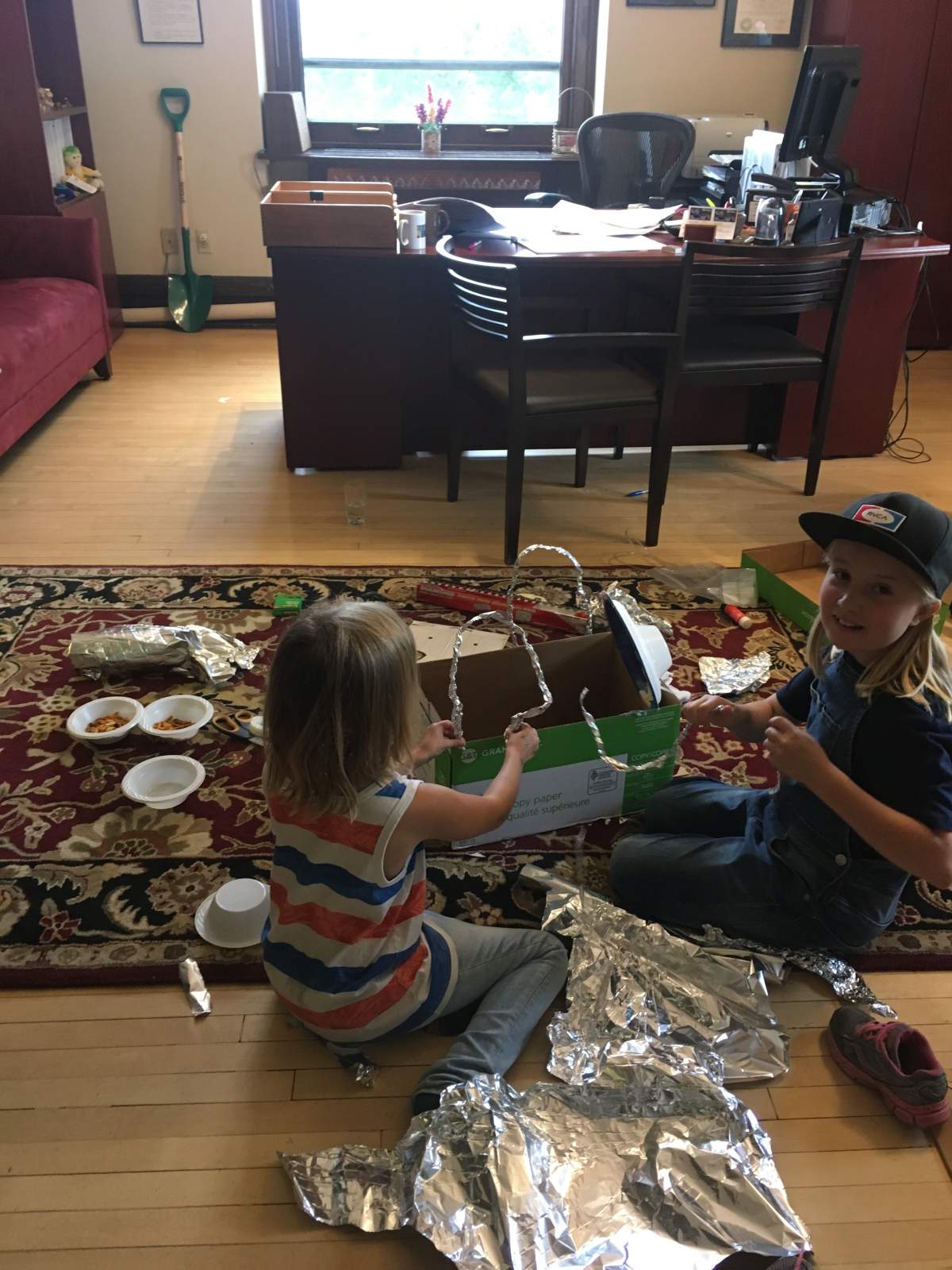



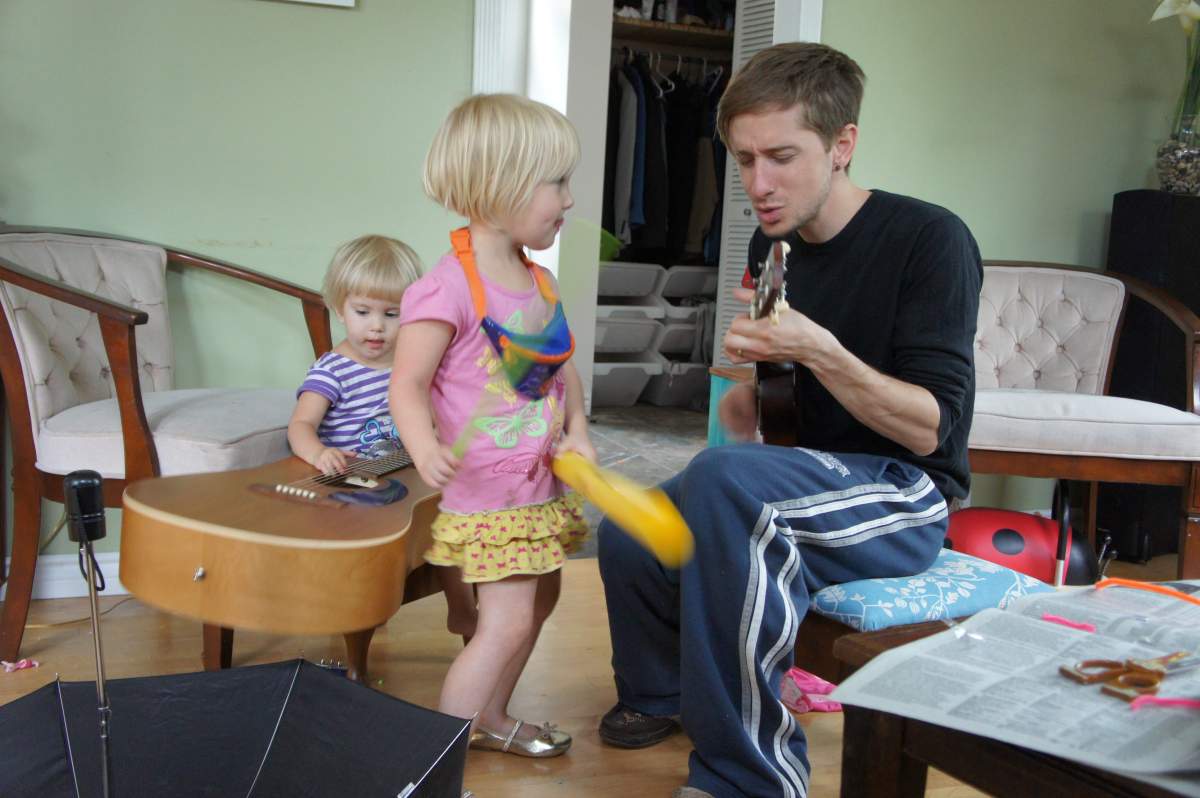

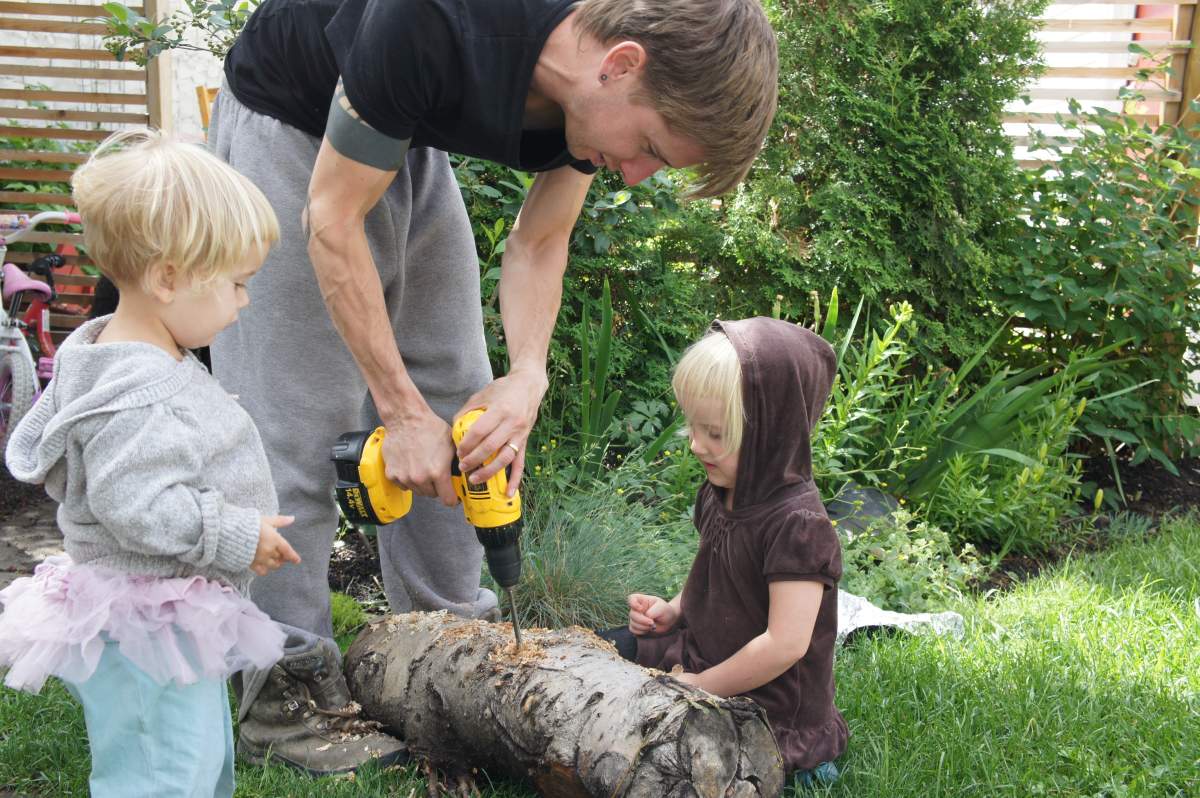

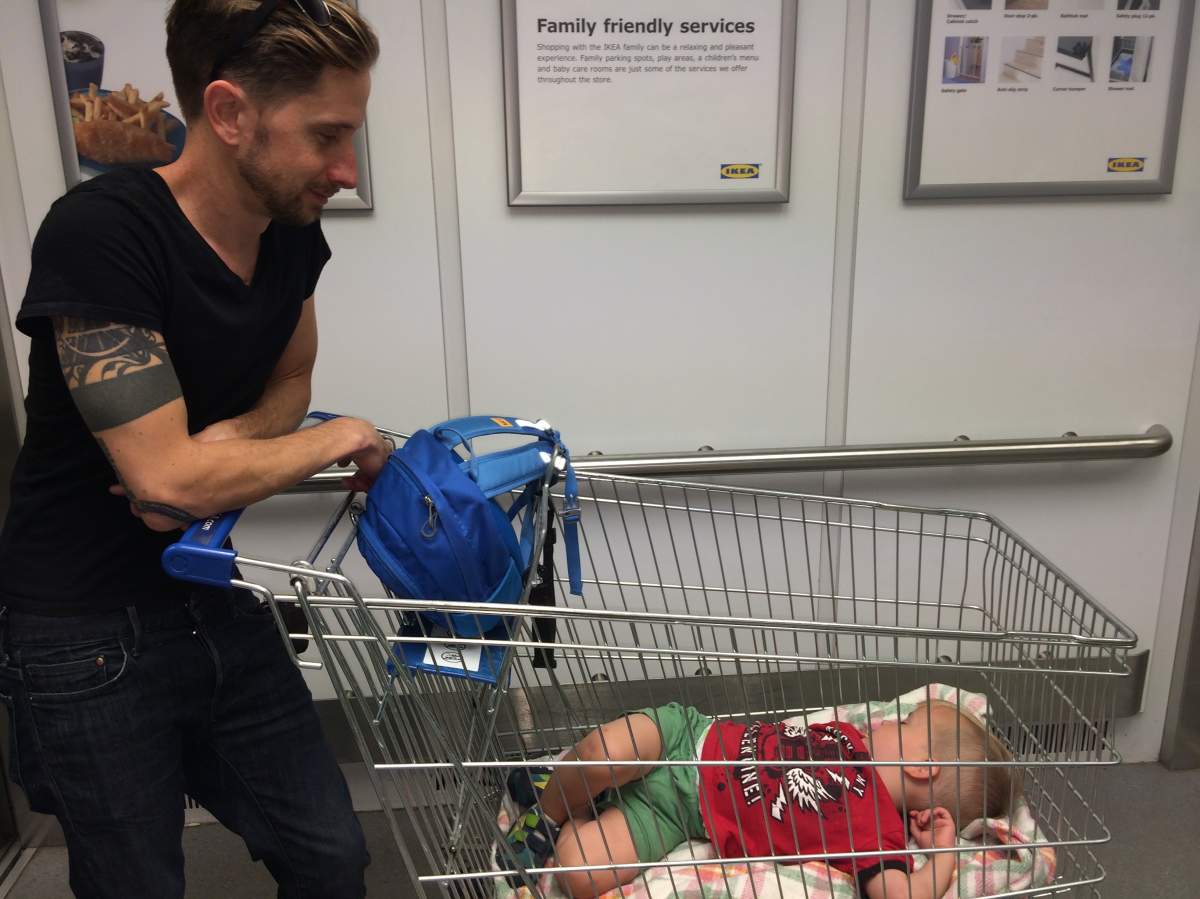

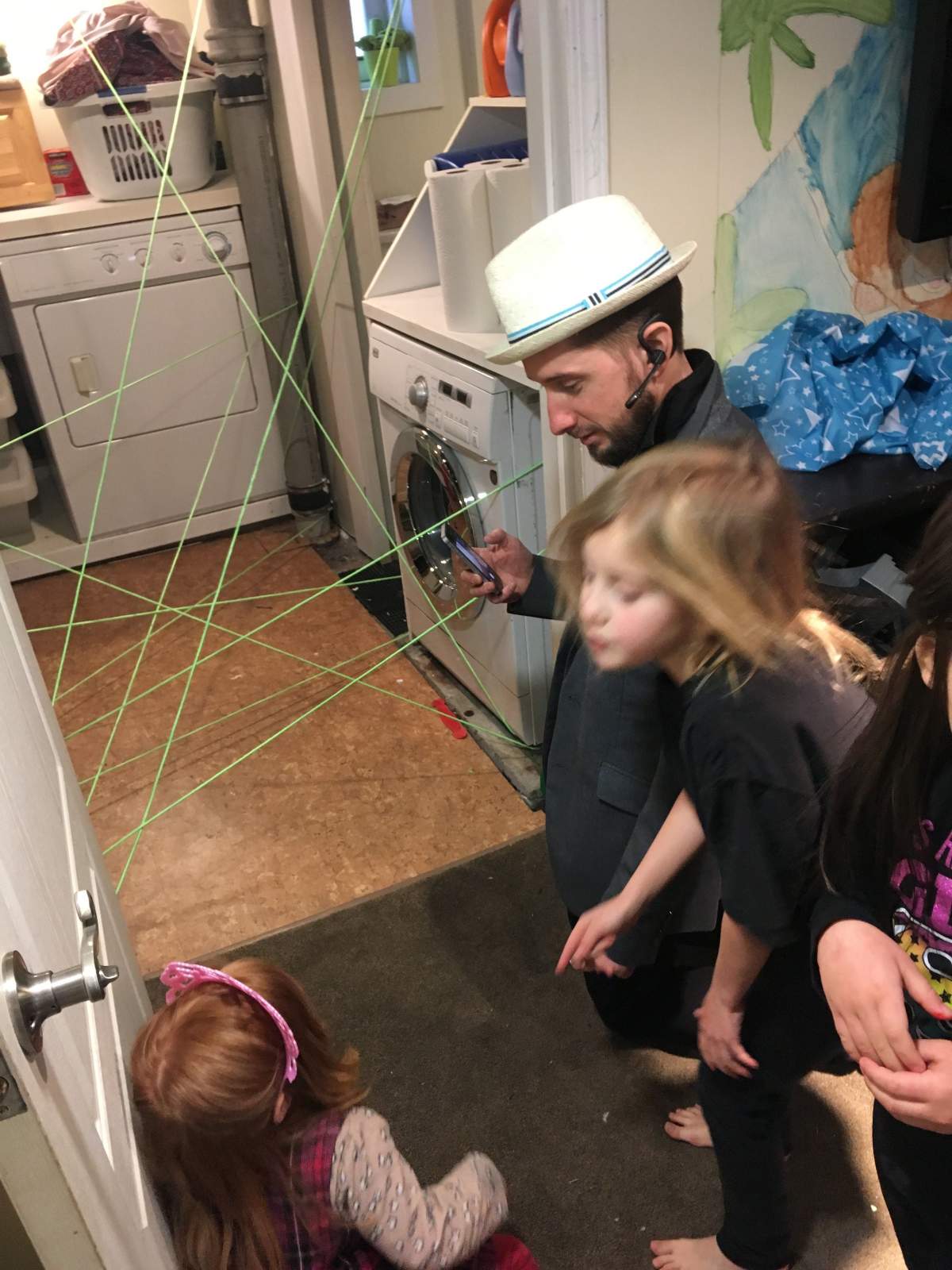




Comments